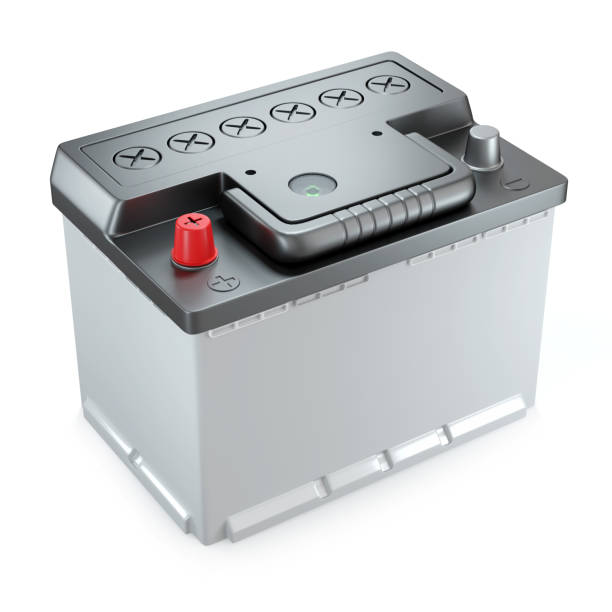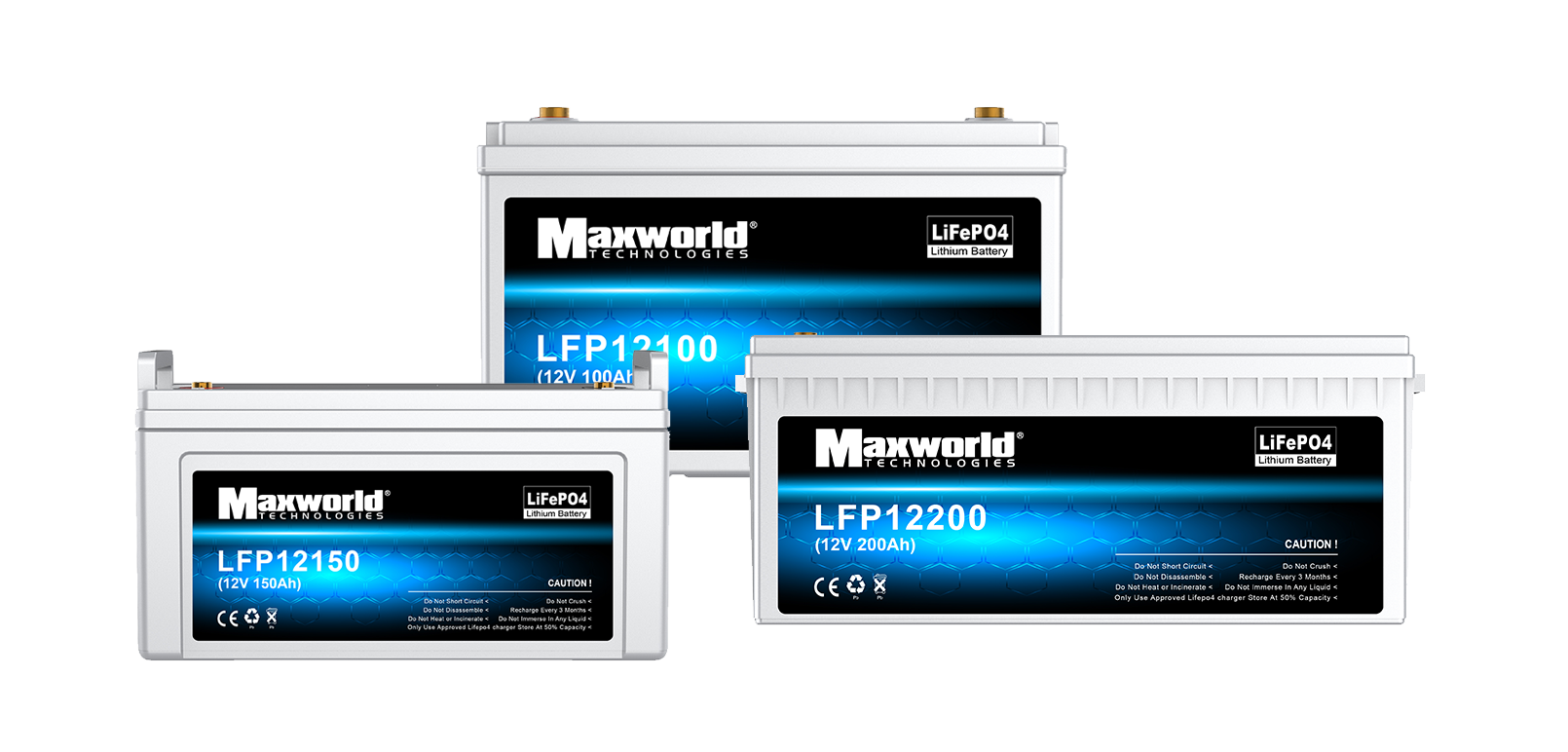
Installation of solar batteries with solar power plants has become an increasingly common trend. Solar batteries provide significant benefits, such as energy independence and emergency backup energy. But it can be difficult to know exactly what to look out for when buying a solar battery.
What is a Solar Battery?
Solar panels produce the most electricity in the middle of the day. Sometimes we cannot use that energy because we cannot store it.
Solar batteries can store solar energy that is created in the afternoon, so you can use it later in the day. This allows you to power your home with clean renewable energy from solar panels, even when your panels are not producing electricity.
Solar home energy storage also allows you to rely less on the grid. The major advantages of the “off-grid” system are lower electricity bills and access to a reliable backup power supply when the network is off.

Things to Consider When Buying a Solar Battery
There are four key features to consider when buying a solar battery:
– assessment of power and capacity
– discharge depth (DoD)
– round-trip efficiency
– warranty
Let’s inspect each of these expressions and what they mean.
Assessment of Power and Capacity
The first thing you need to consider when buying a solar battery is the capacity and power rating. The capacity assessment tells you how many kilowatt-hours (kWh) of electricity a solar battery can have. This represents the actual amount of electricity you have stored in the battery.
Capacity assessment alone is not very useful. You also need to consider battery power. A power rating tells you how much electricity a battery can deliver to your home in one interval. This will give you an idea of how many devices you can power in your home with a solar battery.
Capacity assessment alone is not very useful. You also need to consider battery power. A power rating tells you how much electricity a battery can deliver to your home in one interval. This will give you an idea of how many devices you can power in your home with a solar battery.
High-capacity, low-power batteries are useful as emergency backup generators because they can power several important devices, such as refrigerators or washing machines, for extended periods of time.
A low-capacity, high-power battery will power the entire house, but only for a few hours because less electricity is stored in the battery.
Discharge Depth (DoD)
The discharge depth (DoD) of a solar battery is the percentage of battery discharge in relation to the total battery capacity. Most solar batteries will have a list of specific DoDs to maintain battery health.
Higher DoD ratings allow you to use more energy stored in the solar battery before you have to charge it. For example, let’s say you have a solar battery with a capacity of 10 kWh and a recommended DoD of 60%. This means that you should not use over 6 kWh of electricity before charging the battery. Using more than 6 kWh could damage the battery.
Round-trip efficiency
Round-trip efficiency is the amount of energy you can use from a solar battery compared to the amount of energy needed to store that energy.

So let’s say your solar panels sent 10 kWh of electricity to your battery, but only 8 kWh of that electricity is actually stored and can be used. This means that the battery operating system used 2 kWh of electricity to store and discharge electricity. Here, the battery round-trip efficiency rating is 80%.
High-efficiency batteries will save you more money because more of the electricity you produce will be usable compared to a lower-efficiency battery.
Warranty
The solar battery warranty will give you an idea of how long the battery should last. Most home solar batteries are believed to have a lifespan of at least 10 years with regular use.
Solar battery manufacturers usually measure warranties in terms of ‘cycles’. The cycle occurs when the battery is fully charged and then discharged to the recommended DoDs.Each time the battery cycle ends, the battery’s ability to hold charge decreases.
How you use a solar battery affects how many cycles will pass. Therefore, the solar battery warranty guarantees that the battery will operate at a certain capacity not only after a certain number of cycles or lifetimes, but also after a certain number of years.
Types of Solar Batteries
The two main types of batteries used for solar energy are lead-acid batteries and lithium-ion batteries.

Lead-acid battery is a tried and tested technology that costs less, but requires regular maintenance and does not last long while lithium is the ultimate battery technology with longer life and greater efficiency, but you will pay more money to increase performance.
When building a solar system, you have three main battery options:
1. Flooded Lead Acid (FLA)
A distinctive feature of FLA batteries is that the plates are immersed in the water. They must be regularly reviewed and updated every 1-3 months in order to function properly.
Interruptions in maintenance may shorten battery life and void the warranty. FLA batteries must also be installed in a separate room to allow gases to be expelled from the batteries.
2. Sealed lead acid (SLA)
SLA batteries are supplied in two types, AGM (Absorbent Glass Mat) and Gel, which have many similar properties. They require little maintenance and do not evaporate.
The key difference with AGM compared to Gel batteries is that Gel batteries have a lower charge rate. Gel batteries generally cannot withstand high charging capacities, so they need longer to be charged.
3. Lithium
The best chemistry of lithium batteries for solar use is lithium-iron-phosphate, abbreviated to LiFePO4 or LFP batteries. This new technology lasts longer and can be implemented through deeper cycles. They are also maintenance-free, unlike lead-acid batteries.

Lithium batteries cost more in advance, but the added efficiency means you might consume less per kilowatt-hour during battery life.
We estimate that lead batteries will be replaced 3 times over a period of 10 years, as one lifespan of 1 lithium battery. This comparison is based on the length of the warranty offered by the manufacturers.
However, in actual applications, factors such as discharge depth, temperature, charge source, overall system design, and your readiness for regular maintenance will affect the true performance of your batteries.
5 Key Differences between Lead and Lithium Batteries
1. Life cycle
When you discharge the battery (use it to power the device) and then charge it, this is called a single charge cycle. We measure battery life not in relation to years, but how many cycles they can do before the expiration date.
A sealed battery made of lead GEL or AGM battery in a cottage can go through 100 cycles in 4 years, while the same battery could go through 300+ cycles in one year in a permanent residence (house). The one that went through 100 cycles is in much better shape.
2. Depth of Discharge (DoD)
Discharge depth refers to how much total capacity is used before charging the battery. For example, if you use a quarter of the battery capacity, the discharge depth would be 25%.The batteries do not discharge completely when you use them. Instead, they have a recommended discharge depth: how much can be used before they need refilling.
GEL / AGM batteries should only run up to 50% of the discharge depth. Over that point, you risk to negatively affecting their lifespan.
In contrast, lithium batteries can withstand deep discharge of 80% or more. This basically means that they have more usable capacity.
3. Efficiency
Lithium batteries are more efficient. This means that more of your solar energy is stored and used.

As an example, lead-acid batteries are only 80-85% efficient, depending on the model and condition. This means that if you have 1,000 W of sunlight coming into the batteries, only 800-850 W is available to you after the charging and discharging process.
Lithium batteries are over 95% more efficient. In the same example, you will have over 950 W of power available.
Higher efficiency means batteries charge faster. Depending on the configuration of your system, it can also mean buying fewer solar panels, less battery capacity and a smaller backup generator.
4. Charging Range
With higher efficiency, lithium batteries can be charged faster. They can work with a larger amperage than the charger, so they can be charged much faster than a lead-acid battery.
Lead-acid batteries are limited in the amount of charge current they can handle, mainly because they will overheat if you charge them too quickly. In addition, the charging rate becomes significantly slower as you approach full capacity.
5. Density
The energy density of lithium batteries is much higher than that of lead batteries, so they provide more storage capacity in less space.

